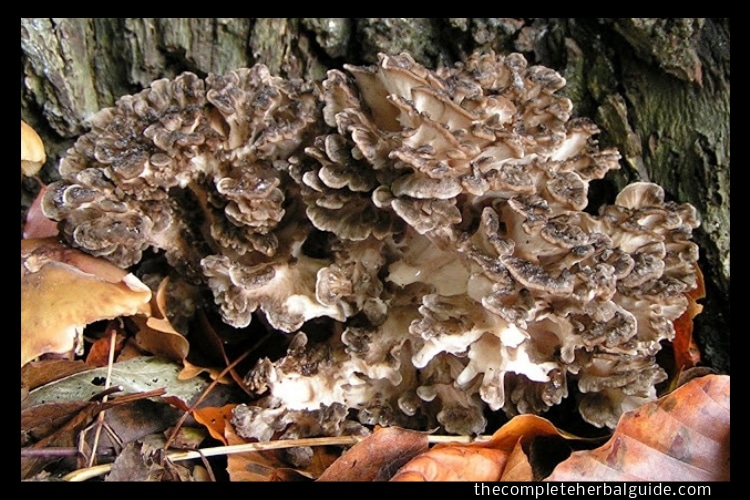
Usages of Comfrey
Comfrey has been found to cause cells to divide at an increased rate, thus healing bones and wounds more quickly. This Herb may be used topically — as a salve or poultice — on cuts, bruises, abrasions, and burns. Comfrey should never be taken internally. Most health regulatory agencies in the Western world have banned the internal use of comfrey due to the pyrrolizidine alkaloids found in this plant, which are known to harm the livers of animals fed diets consisting largely of comfrey leaves. Other pyrrolizidine alkaloid-containing weeds have caused epidemics of poisoning in Third World countries when they contaminated grain supplies.
Comfrey Preparations and Dosage
Use comfrey roots for topical teas and salves. You also can use the raw root topically. While teas are easy to prepare, comfrey is a bit tricky to make into homemade salves; it tends to mold. Apply cold grated comfrey root or a cloth soaked in cool comfrey tea to sunburns or other minor burns. Apply comfrey poultices to wounds. To create comfrey oil,lean fresh comfrey roots with a scrub brush under running water. Place the roots in a blender or food processor with olive oil to cover, and grind as fine as possible. Transfer to a large glass jar and allow to soak for several weeks before straining. Filter through a wire mesh strainer with cheesecloth or in a coffee filter. Use as a compress or poultice.
Comfrey Precautions and Warnings
Do not use comfrey internally. Comfrey is safe to use topically, even on infants, the elderly, or pregnant women.
Side Effects of Comfrey
Liver damage has been reported with internal use.






